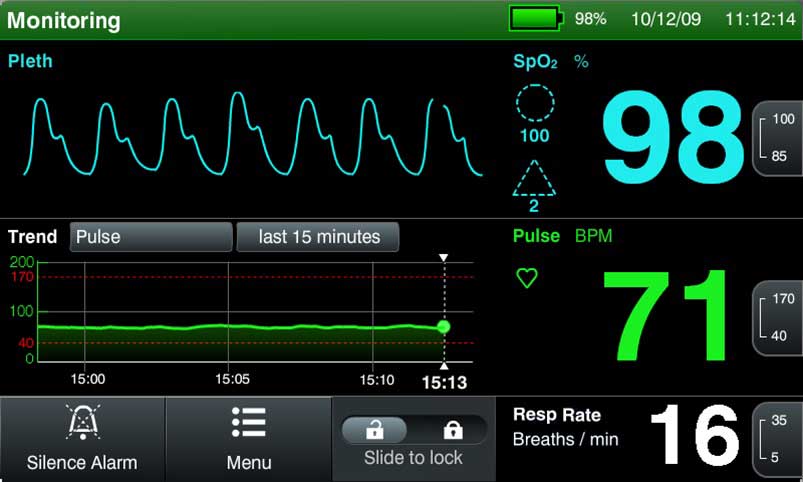Every product development effort containing embedded software must answer the question early on: “Which operating system should the device run?” The answer is rarely straightforward, and leads to trade-off matrices of development time, unit costs, and maintainability. The wrong choice can be costly to project budget and schedule, and evolving requirements can even cause decision reversals later in the project lifecycle, creating expensive ripple effects.
![]() While there are many embedded OSs, Windows and Linux are the big players. Deciding between the two traditionally weighs development time and tools versus licensing costs. There are good reasons for going with either choice, but that decision dictates which language and development environment will be used: C, C++, .NET, Java, etc. Once chosen, the development path is set and can’t easily be changed.
While there are many embedded OSs, Windows and Linux are the big players. Deciding between the two traditionally weighs development time and tools versus licensing costs. There are good reasons for going with either choice, but that decision dictates which language and development environment will be used: C, C++, .NET, Java, etc. Once chosen, the development path is set and can’t easily be changed.
What if the Operating System didn’t matter and your software could run on any platform?
![]()
WHAT IS BLAZOR?
- A free, cross-platform application solution that runs in the browser and uses C# instead of JavaScript for business logic, enabling faster and easier development with the power of .NET’s feature-rich libraries and hardware support.
- Displays rich interactive UIs across any browser on any OS.
- A new component of the open source .NET Core platform.
BLAZOR’S ADVANTAGES OVER OTHER UI SOLUTIONS
What factors set Blazor apart from the host of other cross-platform frameworks that have become popular in recent years like React, Go, Xamarin, and others? In short, it has the full backing of Microsoft behind it, is open source with transparent development on GitHub, and is built on the web standards of HTML and CSS. Blazor allows display of rich and interactive UIs on any operating system that can launch a browser, so it can be used to generate rapid user interface prototypes in the early phases of a project, allowing software requirements to be refined and iterated rapidly and prototypes to be built on whatever OS/platform is readily available. This prototype code doesn’t have to be orphaned if a new architecture is chosen moving into formal design development, it can easily be cross compiled for the new OS/Platform.
WHY IS BLAZOR UNIQUELY POWERFUL FOR MEDICAL DEVICE SOFTWARE DEVELOPMENT?
Blazor allows easier debugging with the full power of Visual Studio. While this is useful in any industry, the verification and validation efforts required in medical device software are much more rigid; accurate debugging and a clear understanding of all software including full control and ability to run unit tests is essential. Using full-powered debuggers enables software engineers to demystify black-box code and de-risk medical device software, resulting in better product development, better verification and validation documentation, and ultimately a device that performs better in the field.
Blazor apps have the option of being ‘distributed’ or cloud-connected—meaning a central server could host any proprietary or sensitive patient-related information without the medical device itself (the client) needing to store data. This configuration presents distinct medical data security advantages. The medical device could simply display an interactive UI which communicates with a central server hosted on AWS, Azure, or any other cloud provider. Cloud connectivity has other built-in advantages such as pushing software updates to one server instead of individual clients.
With an increased in emphasis on human factors engineering and usability (UX/HFE) of medical devices, Blazor offers software developers an easy way to create rich UIs using HTML and CSS that are more similar to users’ existing mental models of their consumer technology, making medical device GUIs more seamless and easy to use. This offers not only a final product UX/HFE design advantage but also an early prototyping advantage; as described above, Blazor allows rapid initial development of GUI prototypes that are easily leveraged in early formative usability testing to get accurate and actionable user feedback earlier on in the development process.
Finally, Blazor and .NET offer cybersecurity advantages. The FDA is increasingly concerned with the cybersecurity of medical device software, and developers need more robust solutions. Leveraging .NET cryptographic libraries that are already validated to FIPS 140-2 and have industry-wide adoption is a substantial advantage compared to other cybersecurity strategies. In addition, third-party libraries and sources are tightly controlled, unlike some other cross-platform frameworks that can pull in thousands of files from linked repositories outside of the developer’s control.
With distinct advantages for cost, development time, cybersecurity, and usability, Microsoft Blazor represents the cross-platform GUI solution that the medical device industry has been waiting for.
Tensentric is a team of highly experienced engineers developing a wide range of medical devices and in vitro diagnostic systems. Tensentric has completed over 300 development projects for clients in the medical device and IVD space since the company’s inception in 2009 and is ISO 13485:2016 certified for design and manufacturing.

